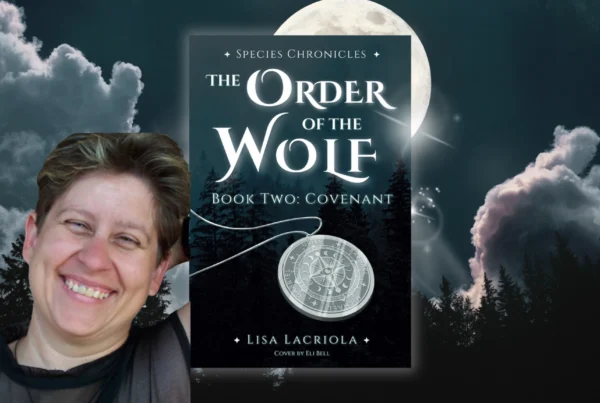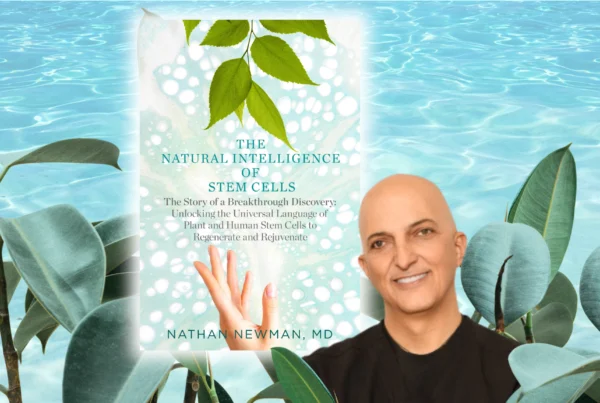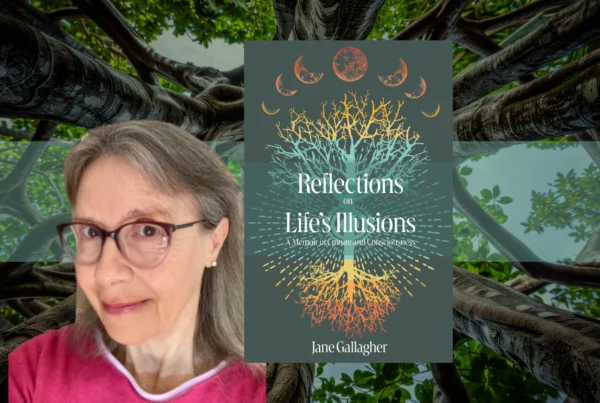Snitchland: The Graphic Novel by Tim Mulligan
Would you move to the town known for being “the most toxic place in the Western Hemisphere”? What about moving across the street from an alleged witch?
Tim Mulligan’s previous work, Witchland, was a haunting tale that blended the speculative threat of magic with the horrifyingly real effects of radiation poisoning. Now he’s back with Snitchland, the second of the Witchland Trilogy of graphic novels. This eerie sequel leaves no holds barred as it explores the very real horror of a nuclear disaster that could have been avoided entirely, and the voices of warning that were drowned out until it was too late.
In this exclusive interview, the author shares his personal connection with the story at hand, discusses crafting a supernatural versus environmental thriller … and how the final entry in the Witchland Trilogy might just prove to be the most thrilling yet.
Q: Snitchland is based on real events, including a nuclear accident. What drew you to explore such a catastrophic event through the lens of a graphic novel, and how did you balance fact with fiction?
A: I set out to write a story about my home town, in Eastern Washington. And in starting this project — with the first book, Witchland — decided to tell the story through the lens of my own immediate family. Namely, what if I dropped a gay white couple and their Black daughter into this town, which is not the most diverse of places, and have them thrust into the intrigue — including working out the nuclear reactor with its long history of problems, including trauma, sickness and death. Also, I grew up there, and there was a house where we were sure a real witch lived, and it pretty much haunted us through high school. Thus, Witchland was born, which detailed a lot of the history of issues there.
With the second book in the Witchland Trilogy, Snitchland, I wanted to tell a tale of the many whistleblowers who’ve made safety complaints for years, and fictionalize what that looks like — and make it a ghost story. The entire Witchland Trilogy is pretty dark, but also with heart and laughs, and I thought this would be ripe for a series of graphic novels.
Q: The novel combines family trauma, political intrigue and occult elements. How do these themes connect, and what message do you hope readers take away from this blend of genres?
A: My goal with Snitchland was to tell a story based on true events: the collapse of a tunnel at the nuclear reactor, the stories of workers who have experienced sickness and trauma working in dangerous conditions and, of course, throw in some scary and supernatural elements. Witchland combined the nuclear plant and its history with witches thrown in the mix, while Snitchland covers more modern day stories, with ghosts everywhere who succumbed to the environment over the year. I love ghost stories — and they are tricky to write — so I wanted to put my own spin on this, and tell a moving ghost story with a bit of an environmental thriller.
Q: The setting of “the most toxic place in the Western Hemisphere” plays a crucial role in the story. How did you research and conceptualize this environment, and how does it influence the tone of the book?
A: I was born and raised there. I worked there. My parents worked there. My friends and relatives to this day work there. I’ve lived it, and continue to live it through my network still there. And I did my research, reading everything I could about the various whistleblowers out there, and what they say happened as a result. So as far as tone, though I try to keep the main family as the light of the story, there is definitely an ominous tone overshadowing everything. And just wait until you read the third book in the trilogy — Twitchland, releasing early 2025 — it gets real dark…
A: I did not set out to write a non-fiction book, or an expose, or a historical timeline of Hanford. But you can just go online and read all that for yourself — the history of the class action lawsuit with the Downwinders, the many stories of modern workers who experience sickness from working out there. It’s no secret that there are 56 million gallons of toxic waste buried in the ground there, with some tanks leaking. It’s amazing to me that there has not been any other fictional stories set there — it’s rife with possibility — especially for thrillers/horror.
Q: You’ve described Snitchland as both a ghost story and a cautionary tale. What aspects of supernatural horror do you find most compelling, especially when used as a vehicle to discuss real-world dangers?
A: I am a huge fan of horror, as a genre. My main goal here was to create a series of immersive, scary stories written as plays — something that audiences are craving, and I think there is a need for. And now with graphic novels as a medium, I can reach a whole new audience. I love scary stories that are based on fact, or real places and stories, and also love horror with a lot of dark humor weaved throughout. And that’s what I set out to do. You can cover a nuclear reactor epic in a very straightforward and serious way — i.e. Oppenheimer — or you can make it funny, and scary, and still provocative/head-scratching/educational, and that’s what I’ve set out to do.
Q: The artwork is a key component of the novel’s atmosphere. How did you and the illustrator collaborate to ensure the visuals enhanced the haunting and suspenseful elements of the story?
A: My illustrator, Pyrink, is awesome. He’s based in Mexico. He really gets the stories and the characters, and is obviously having a blast with it. We collaborate regularly, on drawings, text, tone — overall, it’s an amazing collaboration. I just need to keep up the writing so he can do his magic. We have a third book, Twitchland, nearly complete, which will release in early 2025.
RELATED POSTS:
“Chernobyl” Meets “The Haunting of Hill House” in Chilling Graphic Novel
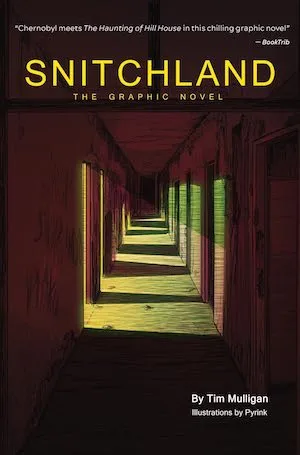
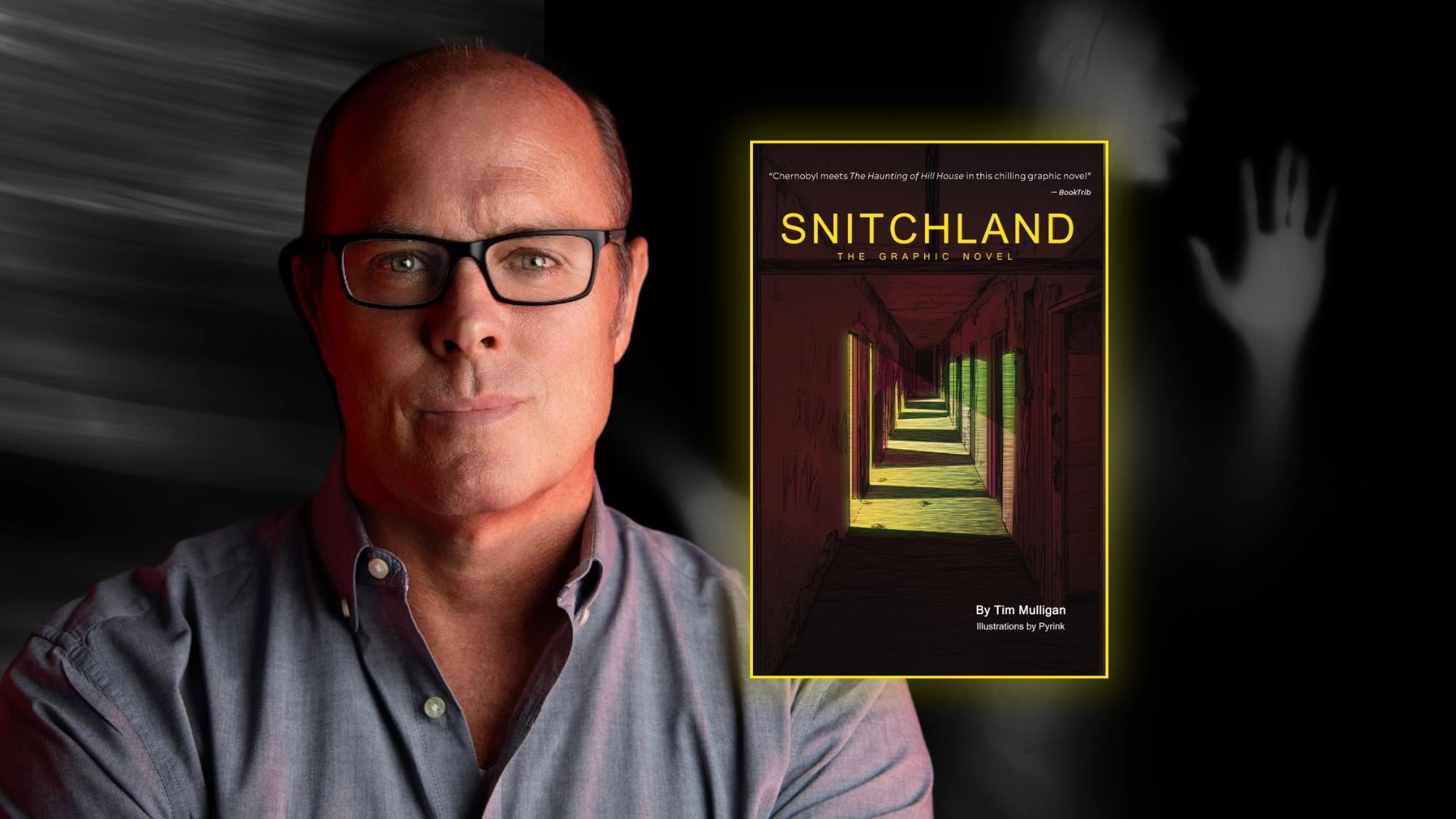
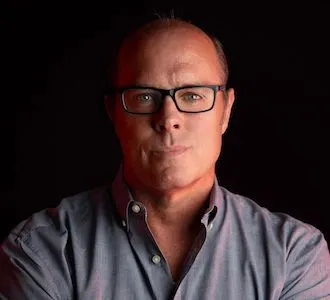 Tim Mulligan wrote the Witchland Trilogy, based on his own experiences growing up in the real Witchland. In addition to the Witchland World plays and graphic novel adaptations, Mulligan wrote the plays Point Loma and Bitchland, as well as the bestselling Perfect 10 cookbooks. An avid fan of theater, movies, books, TV and pretty much all things pop culture, especially in the horror genre, Mulligan and his partner, Sean, have homes in Palm Springs, San Diego and Los Angeles.
Tim Mulligan wrote the Witchland Trilogy, based on his own experiences growing up in the real Witchland. In addition to the Witchland World plays and graphic novel adaptations, Mulligan wrote the plays Point Loma and Bitchland, as well as the bestselling Perfect 10 cookbooks. An avid fan of theater, movies, books, TV and pretty much all things pop culture, especially in the horror genre, Mulligan and his partner, Sean, have homes in Palm Springs, San Diego and Los Angeles.
